Karyotype
Most living organisms have chromosomes as the structural and functional units of genetic information in their cells. The number and appearance of chromosomes vary species to species. A karyotype is an organized profile of total chromosomes in a species or in an individual organism. It gives a preliminary idea about the number and appearance of chromosomes in the nucleus of a eukaryotic cell. Simply it is a picture of some morphological aspects of chromosomes as seen in Mirotic metaphase stage. Here, the morphological aspects are size and shape of chromosomes, number and position of centromere, number and position of satellite etc.
There are some reasons for observing the karyotype of an individual in mitotic metaphase stage. In this stage,chromosomes are maximum thick and short. Chromosomal size and shape can be clearly visible. Number and position of primary and secondary constriction can also be clearly visible in this stage.
From a karyotype, three things can be understood :
- Individual’s gender
- Individual’s species
- Chromosome disorder if the individual has
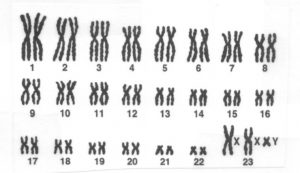
Classification of Karyotype
Best safe and secure cloud storage with password protection
Get Envato Elements, Prime Video, Hotstar and Netflix For Free
Best Money Earning Website 100$ Day
#1 Top ranking article submission website
A. On the basis of homogeneity of chromosomes, Karyotype is of two types
- Symmetric Karyotype
- Asymmetric Karyotype
B. On the basis of modality, Karyotype is of three types
- Unimodal / Monomodal Karyotype
- Bimodal Karyotype
- Trimodal Karyotype
Symmetric Karyotype
A karyotype which is used to show small differences between smallest and largest chromosome of the set and has fewer metacentric chromosomes is called Asymmetric karyotype. It is a total combination of metacentric, sub-metacentric, acrocentric, telocentric chromosomes.Different sized and shaped chromosomes are present in this type. This karyotype is generally considered to be a relatively advanced type (according to Stebbins, 1971) when compared with symmetric karyotypes. In it, gradual decrease of chromosomes is observed due to dissimilar size. For example: Aloe sp,Gasteria sp , Howorthia sp
Asymmetric Karyotype
A karyotype which is used to show large differences between smallest and largest chromosome of the set and has fewer metacentric chromosomes is called Asymmetric karyotype. It is a total combination of metacentric, sub-metacentric, acrocentric, telocentric chromosomes.Different sized and shaped chromosomes are present in this type. This karyotype is generally considered to be a relatively advanced type (according to Stebbins, 1971) when compared with symmetric karyotypes. In it, gradual decrease of chromosomes is observed due to dissimilar size. For example: Aloe sp,Gasteria sp , Howorthia sp
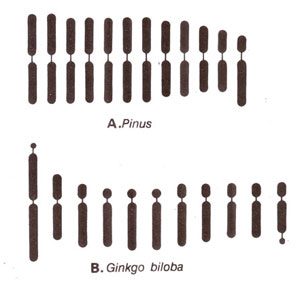
Unimodal Karyotype
A Karyotype in which shape and size of chromosomes are similar and chromosomes can’t be placed into different group on the basis of their size is called unimodal or monomodal karyotype. It is usually common type of symmetric karyotype and relatively primitive . For example : Solanum sp. , Datura sp.
Bimodal Karyotype
A karyotype in which chromosomes can be placed into two distinct groups on the basis of their size is called as bimodal karyotype. This type of karyotype is moderately common and relatively advanced type than monomodal karyotype.For example : Aloe sp , Haworthia sp , Gasteria sp.
Trimodal Karyotype
A karyotype in which chromosomes can be placed into three distinct groups according to their size is called as trimodal karyotype. This type of karyotype is mostly rare and more advanced than the other karyotypes.For example : Haworthia pappilosa, Haworthia fasciata
Karyotype Preparation
A karyotype of an organization can be prepared by using some standardized staining procedures that provides a genomic idea of the individual’s chromosome. The process of karyotyping can easily reveal the characteristics features of each chromosome of a particular organism. Here are the staining procedures to prepare a karyotype :
- A sample of cells of an organism is allowed to reproduce.
- Colchichine is added to stop the cell division during metaphase.
- The chromosomes are then stained and photographed.
- A blank clean paper is taken and a straight line is drawn at the middle of the paper.
- The chromosomes from the photograph is then cut up using a scissor according to their size and shape and are rearranged on a grid so that the homologous pairs are placed together.
- The homologous chromosomes are sticked in the paper using glue. The centromere must be at the straight line and short arm upward and long arm downward.
- An specific distance is kept between two chromosomes of a pair and between two adjacent pair.
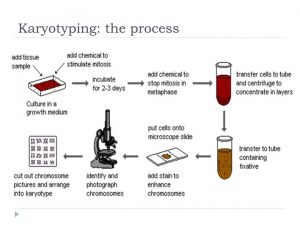
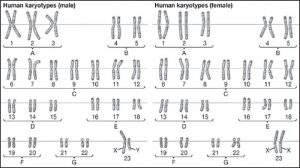
Karyotype Giving A Preliminary Idea About Genome
Karyotype gives a preliminary or primary idea about genome of an organism. It is becoming a source of diagnostic information for a specific birth defects, genetic disorders and even cancers. From karyotype analysis, some genomic idea can be revealed about the individual. We can know about :
- The size and shape of the chromosomes
- Presence of satellite
- Number of chromosomes and satellites
- Presence of primary and secondary constriction
- L/S centromeric position
- Centromeric formula
- Revealing changes in chromosome number associated with aneuploid conditions, such as trisomy 21.
- Careful analysis of karyotypes can also reveal more subtle structural changes, such as chromosomal deletions or inversions.
Significance of Karyotype
- Karyotypes of different individuals can be easily compared with each other.
- By analysing the similarities in the karyotypes of organisms, the evolutionary relationship can be established between them.
- The karyotype can be indicate primitive and advanced features of an organism.
- The karyotype of an organism may be symmetric or asymmetric or trimodal.
- From the idea about the symmetric or asymmetric karyotype, the individual can be considered as primitive or advanced.
- The zygomorphic flowers in plants are associated with asymmetric karyotype.
- Karyotypes of some species may have special characteristics such as mouse has acrocentric chromosomes and many amphibians have only metacentric chromosomes.
-
At present the Karyotyping frequency is mostly used in diagnostic centers to detect diseases.
-
A clinical cytologist can analyze the karyotype of an individual and can determine the gross genetic changes or the genetic abnormalities.
-
Karyotype represents the numerical abnormalities of the chromosomes such as aneuploidy due to trisomy at 21st chromosome (Down syndrome) trisomy at sex chromosome- XXY (Klinefelters syndrome) etc.
-
Karyotypic analysis can also represents the structural abnormalities of the chromosome such as deletions, duplication, inversion and translocations.
Idiogram
Idiogram is a graphical representation of karyotype or of the chromosome compliment of an individual. It usually represents all the homologous chromosome pairs in the nucleus in a systematic diagrammatic way. The pairs of chromosomes are rearranged according to their size and the short arm is upward and the centromeres are aligned.
Significance of Idiogram
- By analysing idiogram, cytogeneticists can identify individual chromosomes structural features based on chromosomes sizes, their shapes, and the banding patterns of their arms.
- Nowadays, many researchers rely on a regularly updated mapping system of chromosomes in which idiogram analysis is so much useful.
- Idiograms is useful for providing a pictorial reference point and for locating the positions of genes on chromosomes.
- Idiogram is also important for identifying various numerical and structural abnormalities.
References & Other Links
- https://www.nature.com
- https://www.easibiologyclass.com
- Our beloved Assistant Professor Dr. Syeda Sharmeen Sultana whose class lectures are followed to write this article.I am grateful to mam.
If anything is mistaken or misinterpreted or misquoted here, neither the professor nor any other sources are to blame nor I am.
Written by
Tubaia Zannat Juthi, B.S. (Hons), Department of Botany, University of Dhaka
Best safe and secure cloud storage with password protection
Get Envato Elements, Prime Video, Hotstar and Netflix For Free
 Plantlet The Blogging Platform of Department of Botany, University of Dhaka
Plantlet The Blogging Platform of Department of Botany, University of Dhaka


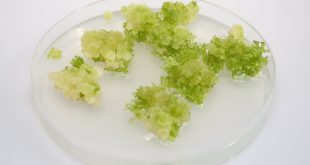
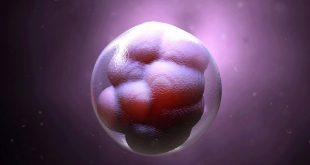
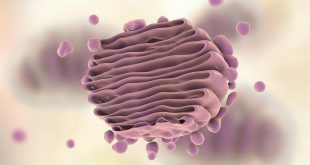
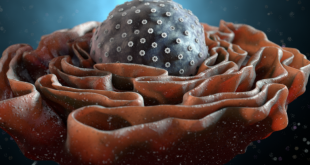
Thank you for your sharing. I am worried that I lack creative ideas. It is your article that makes me full of hope. Thank you. But, I have a question, can you help me?